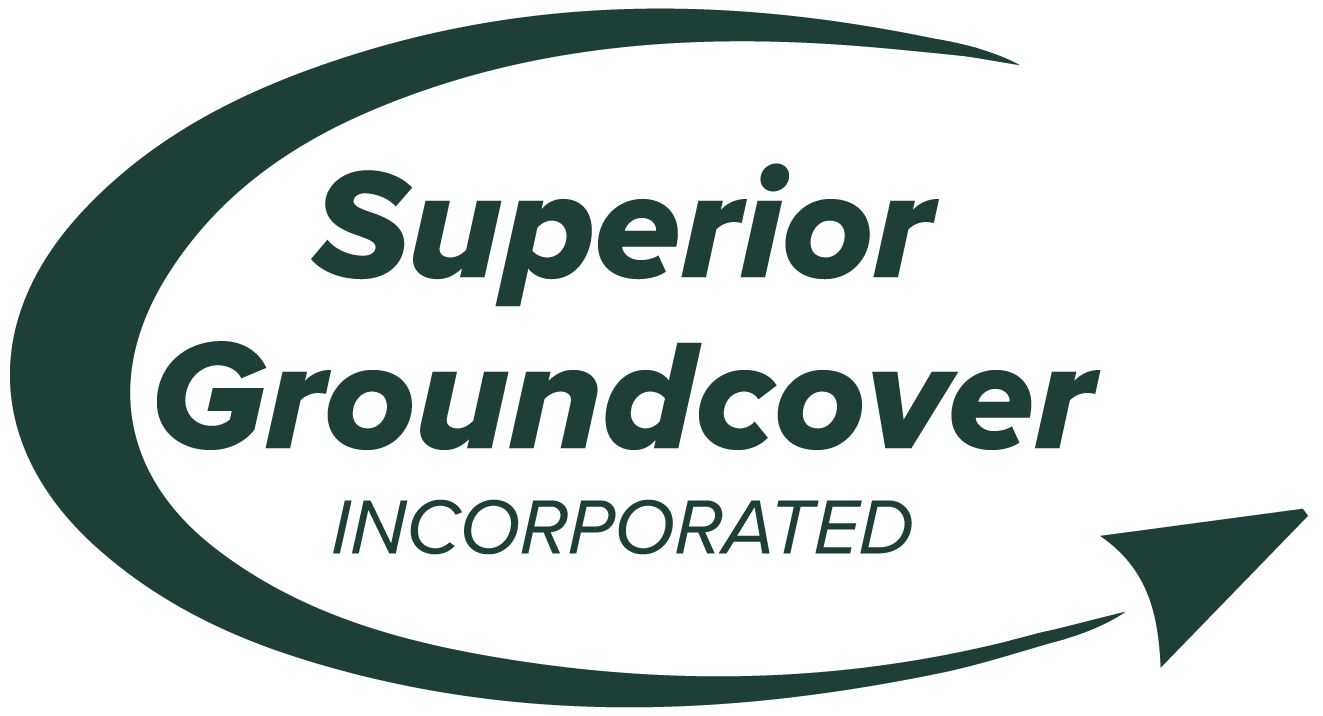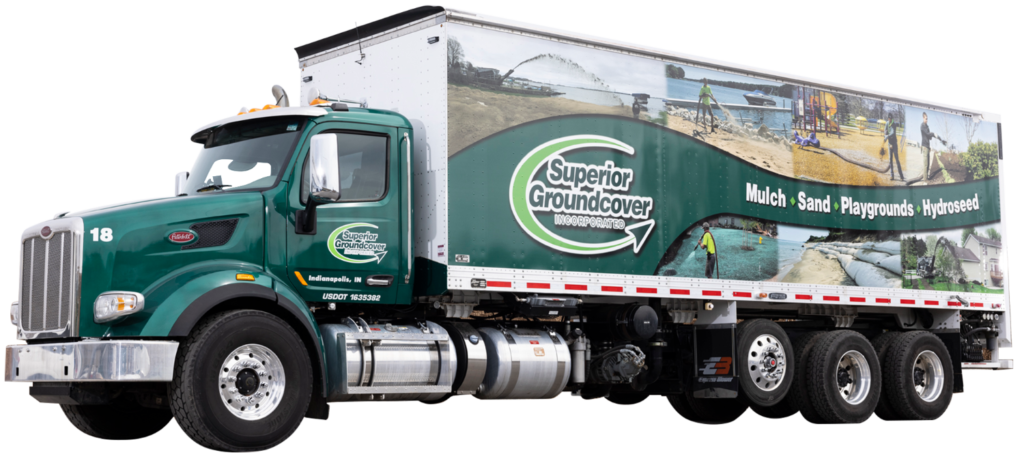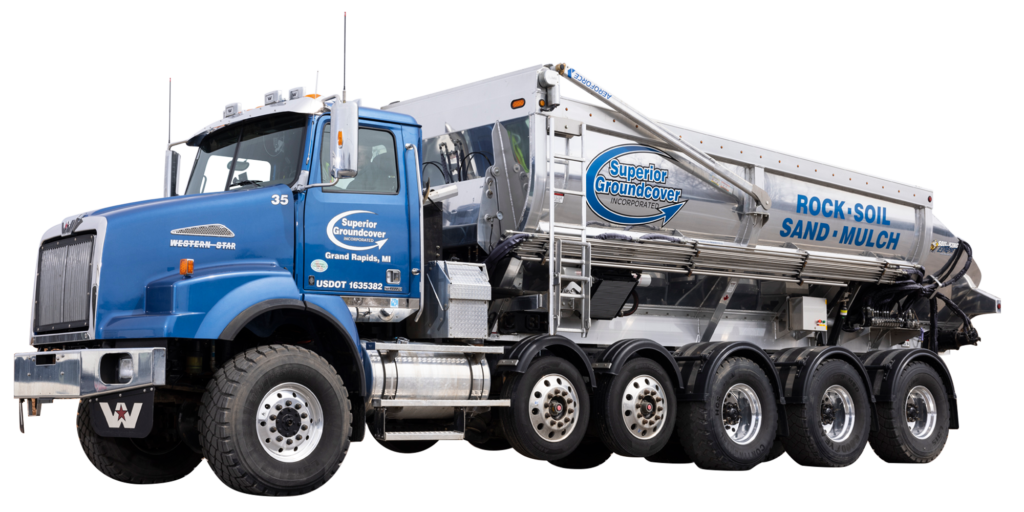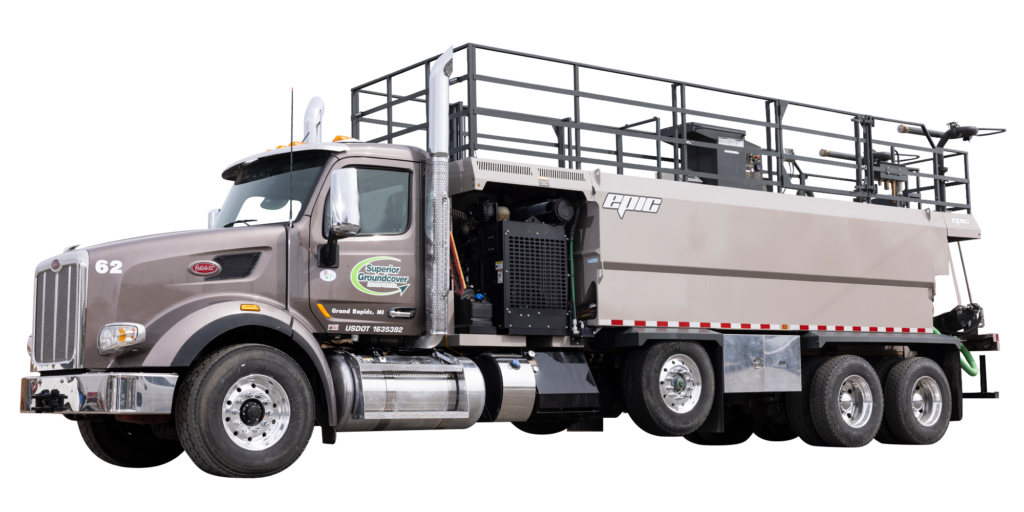Building a house or subdivision? With so many minute tasks to keep track of on each project, there are lots of things that can go wrong. One of the worst ways to hurt your reputation and lose future work is to glaze over home foundation drainage solutions. Improper drainage can cause so much damage to a structure that it severely affects home value. On top of that, building codes require proper foundation drainage. Skipping, or rushing this step violates code.
Home Foundation Drainage: What Can Go Wrong
Water Damage Can Decrease Home Value
Water damage is the fastest way to destroy a home’s value. Addressing simple plumbing issues thoroughly is only a minor way to protect the home from water damage. More threatening is damage caused by improper foundation drainage.
A flooded basement, for example, can lead to serious structural damage to the home’s foundation. Poor foundation drainage can also cause the soil around the basement to move when saturated, pushing and pulling at the foundation, and eventually causing cracks.
These sources of damage are not the end of the line, unfortunately. Once water infiltrates, mold is likely to set in and thrive without a proper basement foundation drainage system.
Mold Contamination and Home Value
Even after water damage is attended to, mold can linger. Poor foundation drainage leads to standing water and cracks and leaks, which create the perfect mold environment.
The sooner foundation drainage issues are solved, the better the chance none of these issues will affect the homebuyer or the value of the home. Because water damage and mold must be disclosed to potential buyers, a home with these issues is unlikely to sell for its full value. If mold is found after sale, the buyer can sue.
Home Foundation Drainage Solutions
Dampproofing versus Waterproofing Foundation Walls
Waterproofing and dampproofing are two different methods of home foundation drainage solutions meant to protect a home’s foundation from water damage. Dampproofing works to keep moisture from the soil out of the home and away from its walls. Waterproofing keeps out not only moisture from the soil, but also liquid water.
Traditionally, dampproofing has been the standard method of protecting a home from water for a long time. It’s in accordance with the International Residential Code in certain circumstances according to Section R406. Further, according to this code, waterproofing is only required in areas that have serious soil-water conditions or a higher water table.
If you’re in an area where either method is permissible, how do you choose which is best? First, let’s break down both methods.
Dampproofing 101
Standard dampproofing consists of an asphalt-based coating applies to the outside of the wall, usually using a sprayer. Dampproofing is typically around 10 mils thick. It is recommended less often than waterproofing, however, it is an effective method for protecting a home against damage caused by water in the soil.
However, dampproofing has its own set of disadvantages. One of these disadvantages is that you can’t repair cracks and other damage from improper backfill. In partnership with a well-installed foundation drainage system — which we discuss in detail here — dampproofing can get the job done.
Waterproofing 101
While dampproofing is a solution, it won’t go the extra mile. Dampproofing is intended to slow the progress of water in the soil, however, it will still allow water to push against the foundation walls. Waterproofing is a more precise method.
With waterproofing materials, you can bridge developing cracks as they are more flexible than dampproofing materials. They can also withstand hydrostatic pressure — pressure exerted by a fluid at equilibrium at a given point within the fluid, due to gravity. It’s also applied much thicker (at least 40 mils) than dampproofing material.
Foundation waterproofing — when done properly — should be able to prevent water vapor from surrounding soil from moving through concrete. It should also stand up to hydrostatic pressure where dampproofing cannot. Lastly, it should be able to cover any cracks in the concrete.
In areas of higher water tables or heavy rain, waterproofing is the way to go. Water entering the soil will move toward the foundation. Hydrostatic pressure from the collecting water can force water through concrete, a porous material, and into basements.
Choosing a Method:
When deciding between dampproofing and waterproofing, there are several variables to consider.
- Soil conditions and types
- Water table level
- Foundation Drainage System
- Subgrade Depth
- Moisture toleration
- Cost
Waterproofing is more expensive than dampproofing, but depending on the circumstances, may be the necessary choice.
Damp-proofing and Waterproofing Preparation Requirements
Both methods require some surface preparation. Proper backfill is absolutely necessary to avoid membrane damage after the application is done, and to provide necessary drainage where possible.
Properly Divert Runoff Away From Foundation Drainage System
Foundation Drainage Systems work to reroute water from the home through the use of perforated pipe drains placed underground on a slight slope. However, these drains can clog and become overloaded over time. A homeowner will notice signs like a very humid basement, efflorescence, and leaks when a foundation drainage system is becoming ineffective.
There are many ways to help divert water away from the foundation drainage system you put in place. The first is through strategic landscaping. Creating things like a berm — a hill covered with grass or a garden — are easy tricks that can support your home foundation drainage system. You can also implement a rain garden or a creek bed.
Install a Rain Gutter System
Runoff from a roof can also cause foundation damage. When water runs off of the roof, it can pool in the yard, creating standing water. A rain gutter system including a well-placed downspout can help carry rainwater away from the house. Extending your downspout can be even more beneficial.
Negative Slope
A surefire way to cause a foundation drainage system to fail and wreak havoc on a foundation is to create an improper, or negative slope. When creating your foundation drainage system, you have to make sure that the drain tile is running at a negative slope in order to carry water away, not toward the home. We teach you how to do this here.
Already have a negative slope issue with your landscaping? Poorly planned plant and flower beds can disrupt natural water flow. There are ways to help temporarily curb the issue using landscaping.
Negative Slope Solution
First, remove all landscaping around the home where pooling is occurring. Next, remove all grass at least 10 feet away from the house. After you’ve done this, fill the exposed area with more soil in order to raise the grade.
Add at least 8 inches of soil in order to lift the landscaping bed to a level that will force water in the other direction. Make sure to pack the soil down to a height of around 6 inches higher than it was previously.
Continue to do this further out from the house, creating a slope. Your new slope should go drop the 6 inches in the 10 feet of distance from the house. Use a level to check that your slope is correct. Replant your landscaping.
All of these methods help support your foundation drainage system and avoid overloading them.
Landscape Planning for Optimal Drainage
Landscape planning is a must for residential foundation drainage systems. Tree roots are seeking nutrient-rich water, so of course they head straight for your drainage system. This often results in clogging and damage, preventing your drain from working properly.
If you have not yet installed your drainage system, make sure to clear the underground route of nearby trees and plants. If your system is already in place and facing root issues, there are products that can treat the issue. These products will require frequent application to keep the roots from invading. It’s best to address the issue ahead of time.
Tree roots can also pull moisture from the soil — sometimes too much! This can cause settling and foundation cracks. It’s best to consult a professional to make sure your landscaping is done strategically with foundation drainage in mind.
If you decide to DIY your landscaping, you can use the US Department of Housing and Urban Development guidebooks for planting trees as a reference.
Home Foundation Drainage Solutions as well as Waterproofing and Damp-proofing are integral parts of successfully building a home.
It can be easy to try and save money and time by cutting corners on your drainage solutions when building a house, however, this is much like buying cheap tires for a nice vehicle. Over time, the damage and hassle caused by the poor solution will cost much more than just doing it right the first time and can cause damage to the real investment.
Have a project coming up and want a professional team to install a foundation drainage system? Call Superior Groundcover. We’re ready to help!




